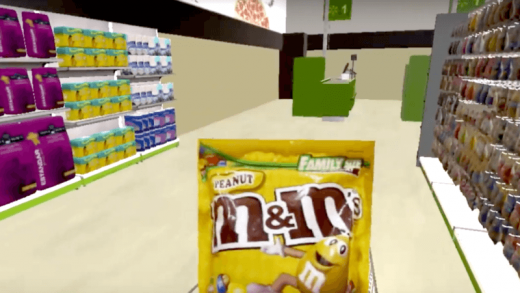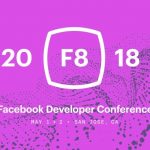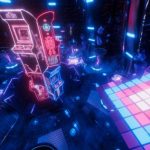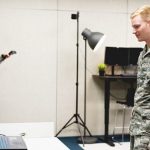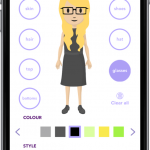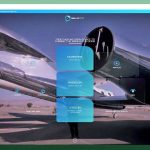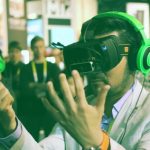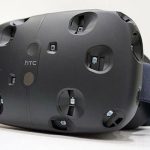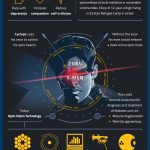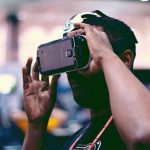System 1 Research launches a VR testing tool for shopping
But, until VR is indistinguishable from reality, the question is whether it can offer a valid environment for real-world marketing tests.
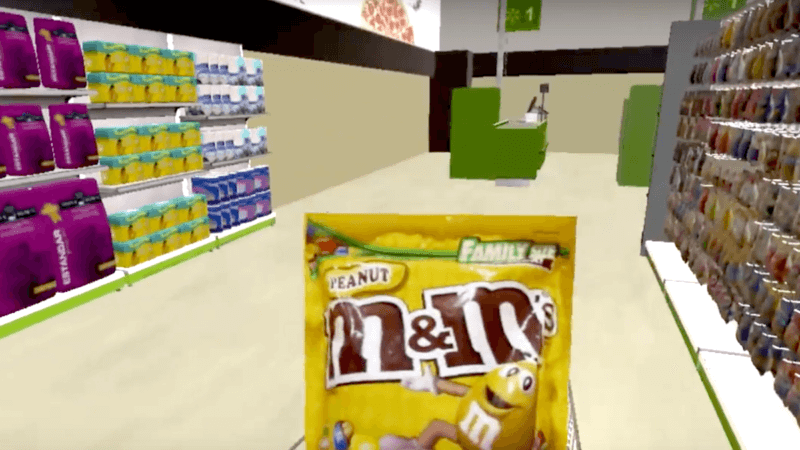
You’re pushing a grocery cart down an aisle in Walmart, and you pause to grab and toss in a bag of candy.
Just another day at the store, except it’s in a new Virtual Reality Shopper recently launched by System 1 Research.
The research arm of the London-based marketing firm System 1 Group, System 1 Research conducts behavioral and other research for brands. Earlier this year, it undertook a pilot project for several brands — one of which was Hershey’s — to build some grocery aisles that resembled a typical Walmart.
The virtual reality platform, designed to test shopping choices, is now available for other clients, System 1 Research Managing Director Gabriel Aleixo told me. It was developed on the Unity gaming engine by Los Angeles-based software development shop SciFutures and employs the HTC Vive VR headset.
Here’s a sample video clip inside the headset:
The idea, he said, is to understand consumer choices in a given environment, with controlled A/B testing that allows for quick variations in shelf displays, packaging, pricing and other factors. Five hundred customers participated in the pilot.
Each customer was instructed to look around, take whatever products they wanted, put them into the cart and say when they were done. They didn’t have to verbally explain their choices at that point, and, on average, it took about 26 seconds to choose one product. Afterward, they filled out a short survey on why they made the choices they did.
I asked Aleixo if this fairly spare VR environment, where the customer is choosing a product that doesn’t impact their wallet or their diet in any way, can duplicate real-world behavior.
For instance, I probably wouldn’t use a shopping cart in a real Walmart, since I’m a zip-in-and-out kinda guy. And I’d happily stock up on lots of Hershey’s Kisses if there were no monetary or caloric consequences.
Until VR is indistinguishable from real environments in every way, and unless one’s own money is used, one wonders how closely VR-based tests of marketing can parallel what we would normally do.
In addition to the age-old practice of videotaping and analyzing shoppers’ behavior using real money in real stores, some marketers have tried eye-tracking glasses in simulated retail environments — which also have the issue of introducing fake settings and distracting headgear.
Aleixo replied that his company’s pilot project indicated a close correlation in first choices to real-world purchase patterns, ranging from 79 percent for fresh produce to a high of 91 percent for candy.
That is, if 100 shoppers in this Virtual Reality Shopper pick Hershey’s Kisses as their first choice, 91 real shoppers will tend to pick Kisses as their first choice. System 1 says that its VR environment can also detect an uplift in sales from point-of-purchase communications.
For second, third and later choices, he said, the correlation tends to drop. Apparently, the first choice is made on a kind of autopilot, while mulling over latter choices causes a divergence from reality, for some unspecified reason.
He noted that System 1 Research’s biggest competitors, like Kantar TNS and Ipsos, also use VR environments to test choice-making in shopping and other conditions, but they differ because they make the test subjects describe what they’re doing as they do it.
Marketing Land – Internet Marketing News, Strategies & Tips
(31)

